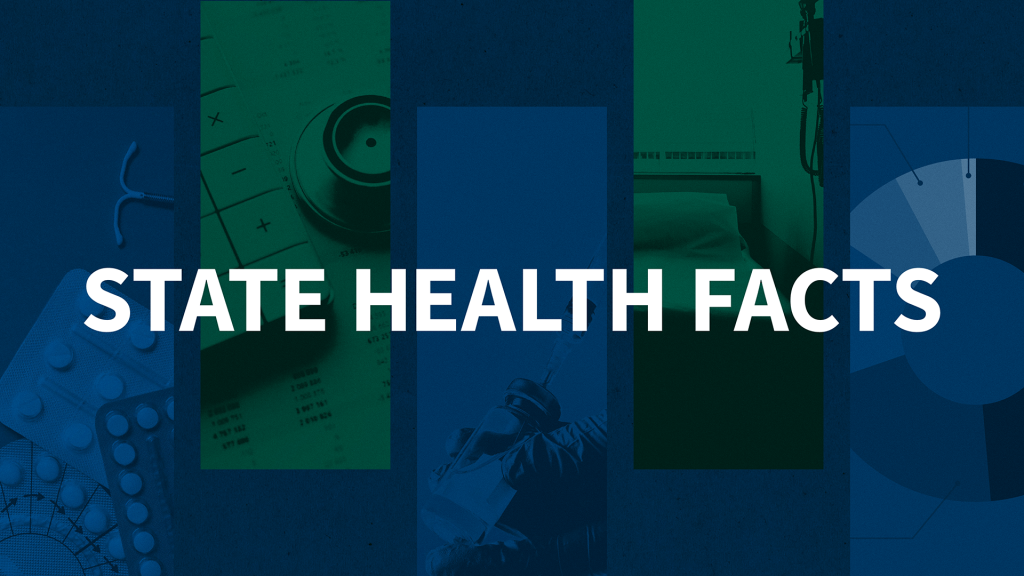Health Care Issues in the Early Stages of the 2024 Election
In this JAMA Health Forum column, Larry Levitt examines differences in the Republican presidential candidates’ records and positions on health issues, including Medicaid and abortion, that could play a role in the primaries and would set up a sharp contrast in the general election against President Biden.
